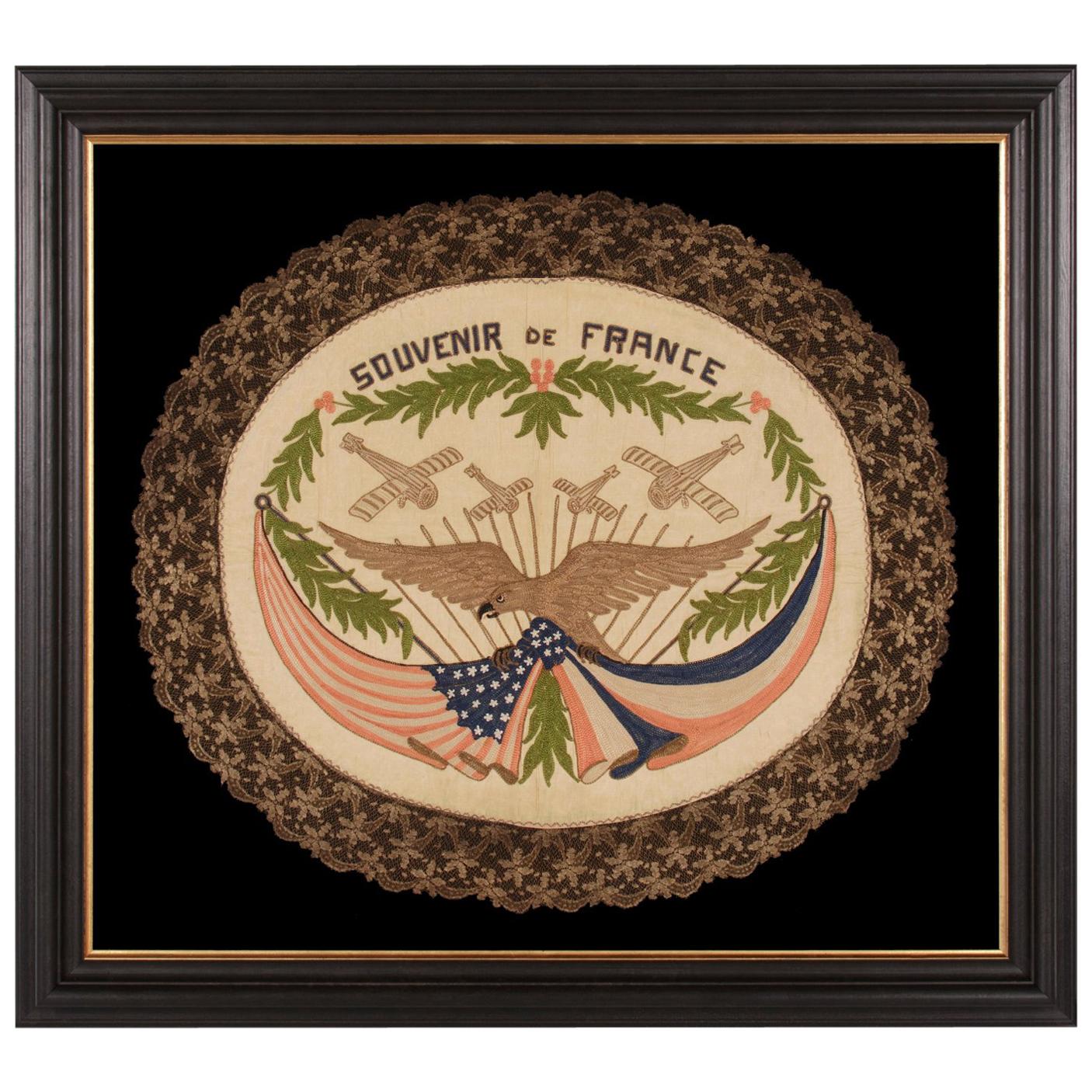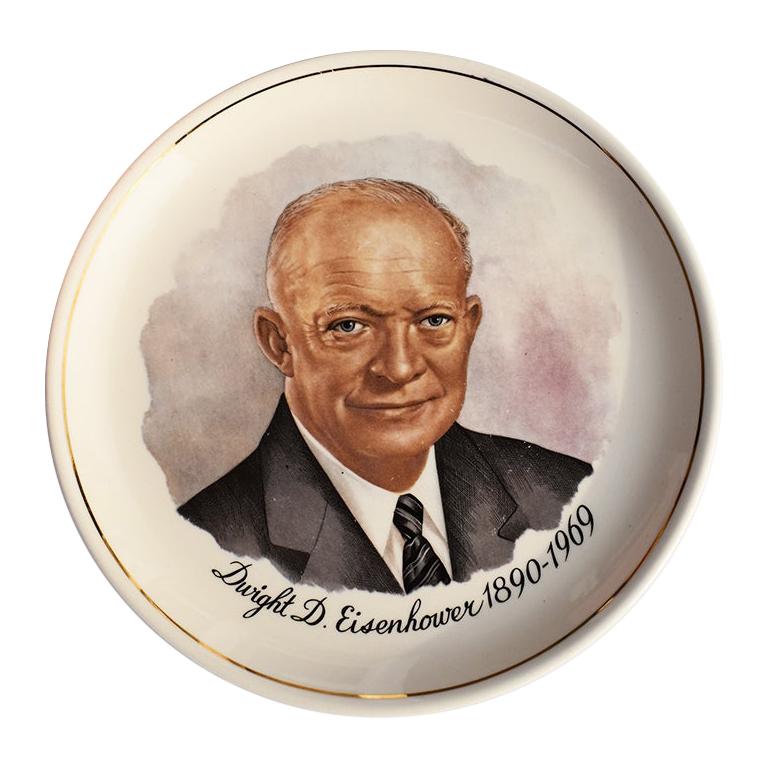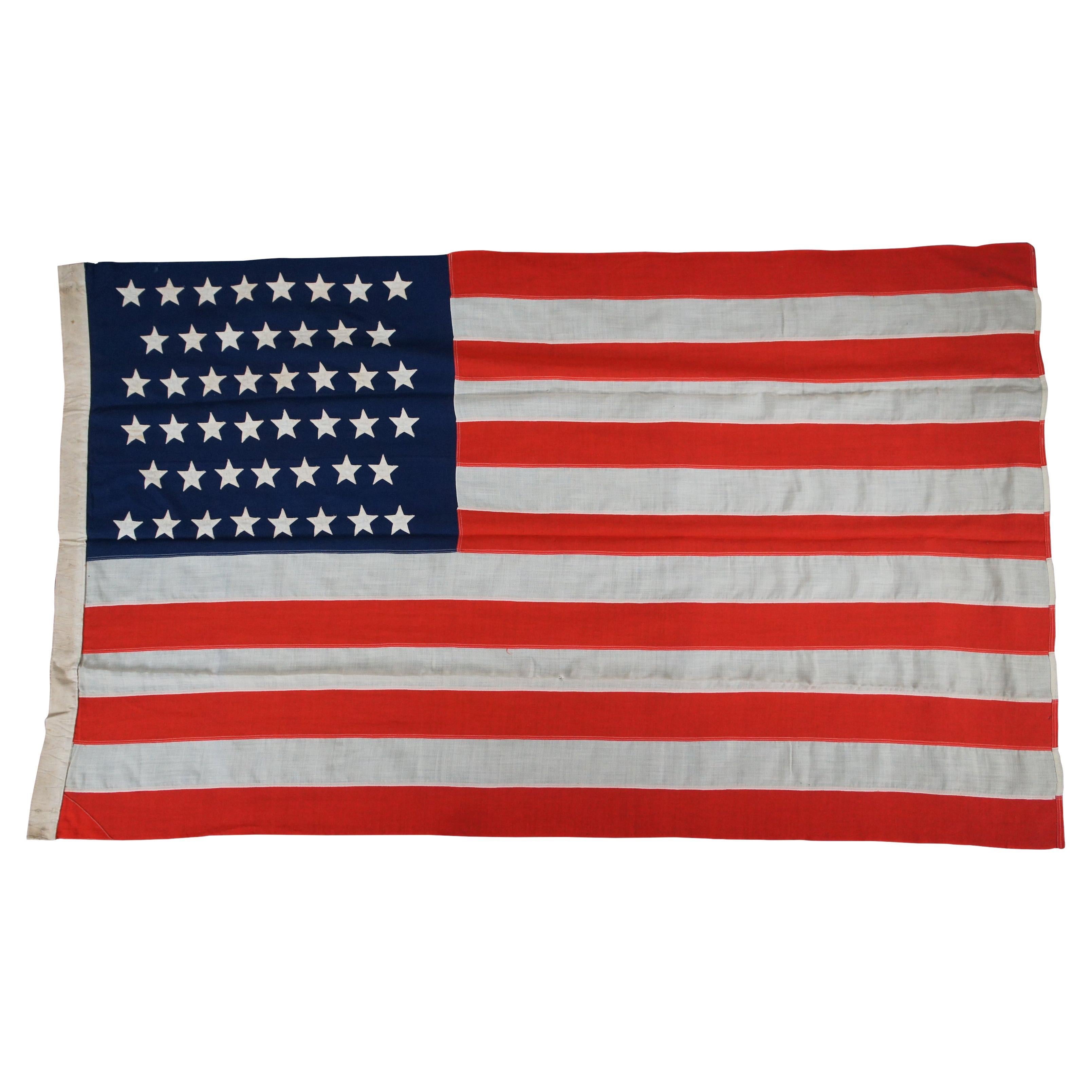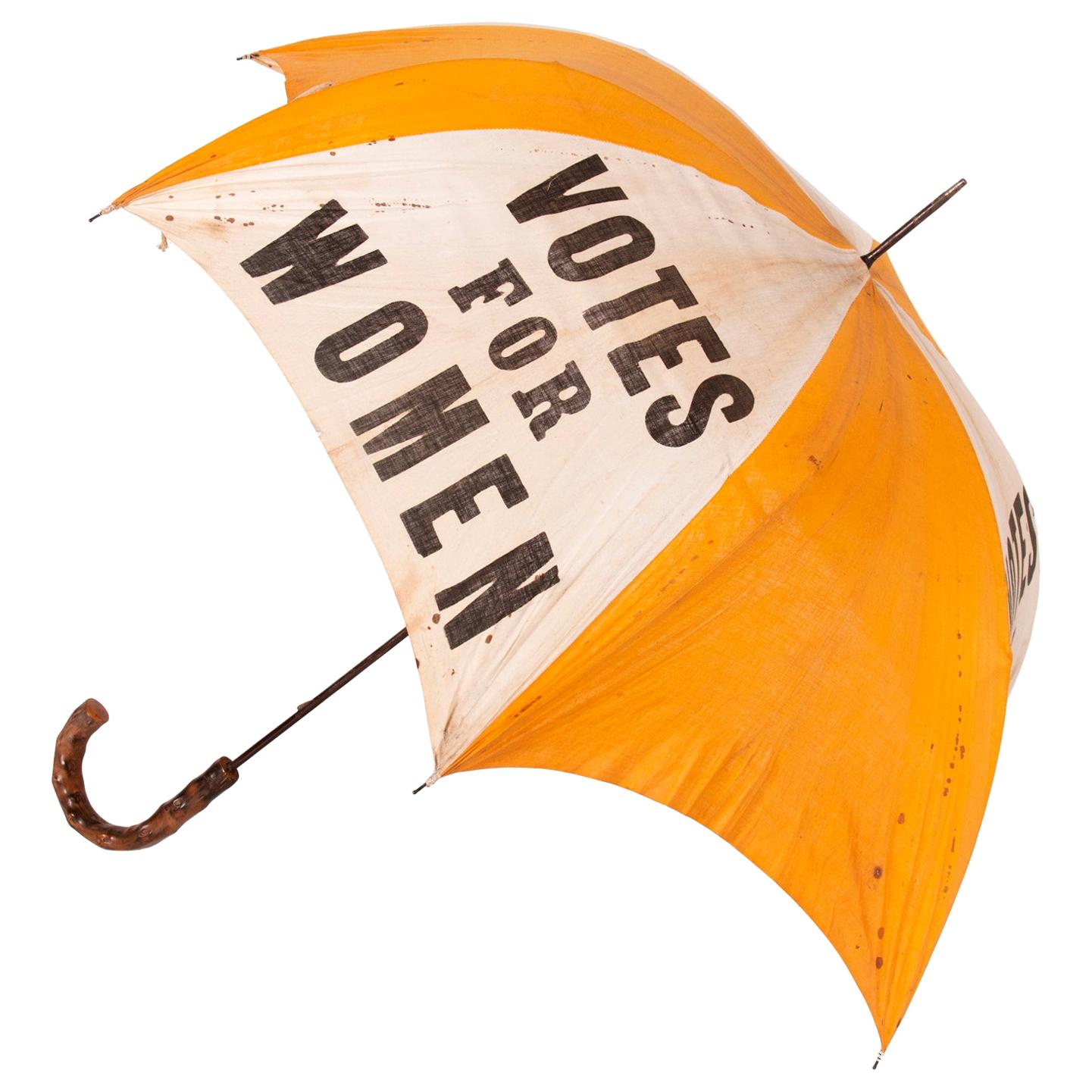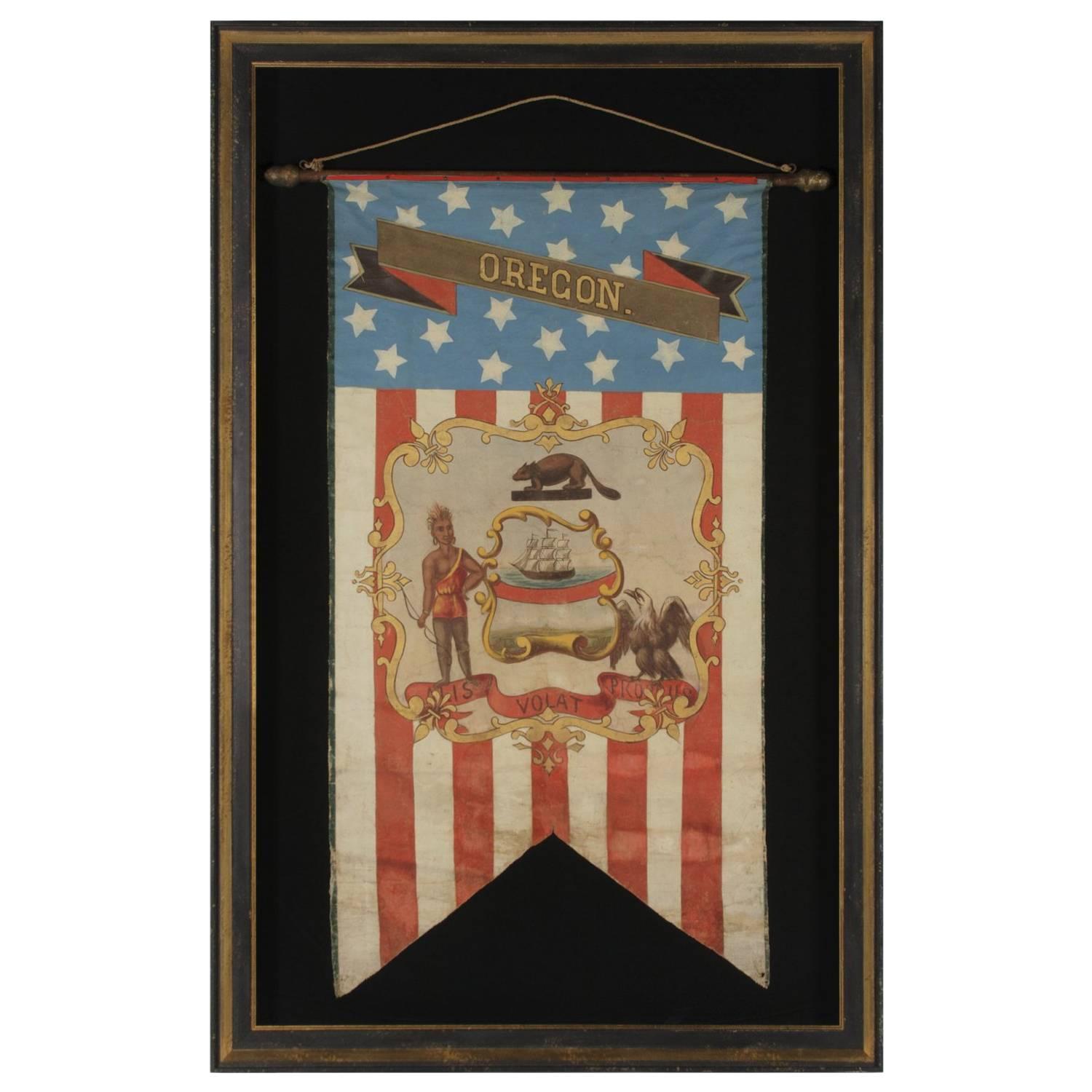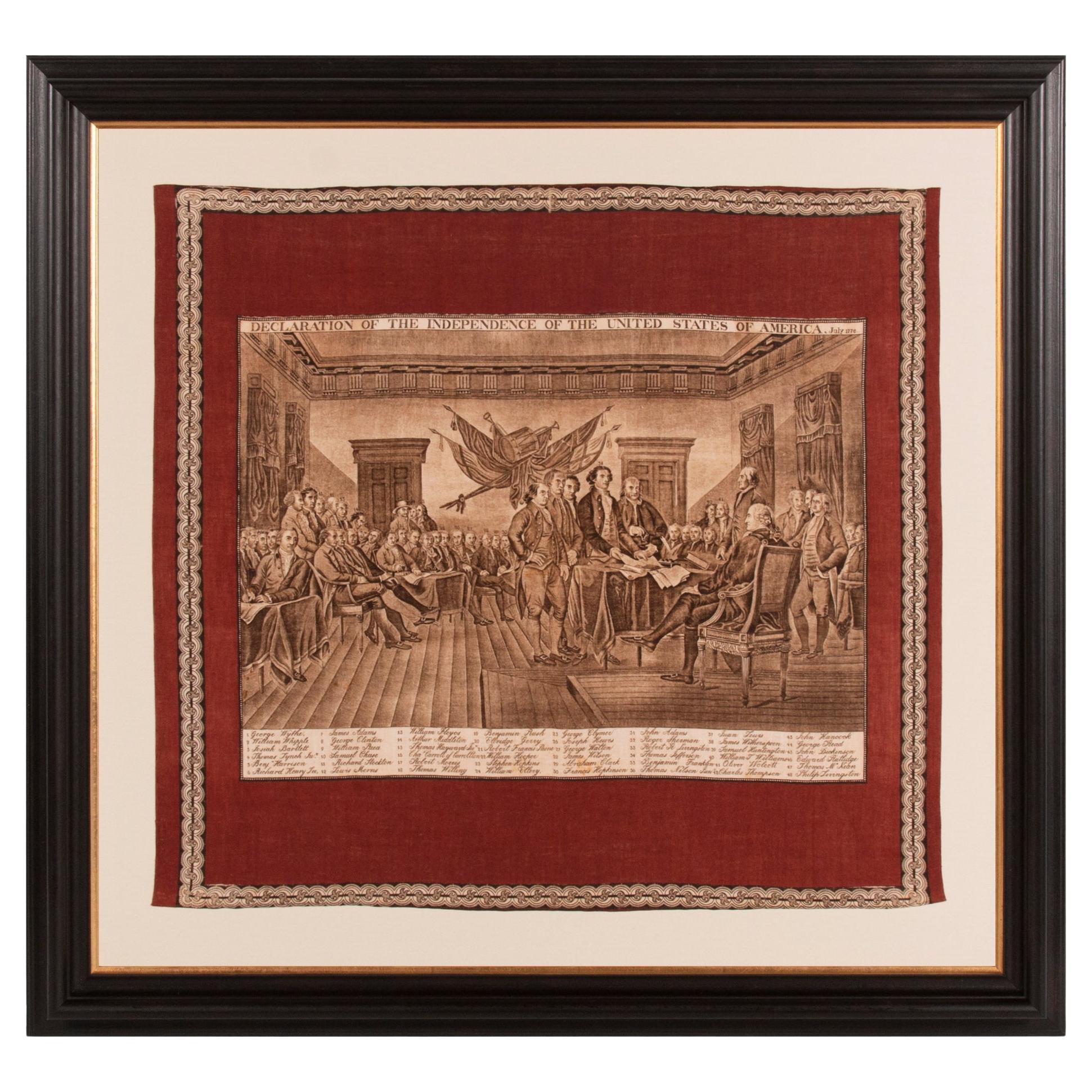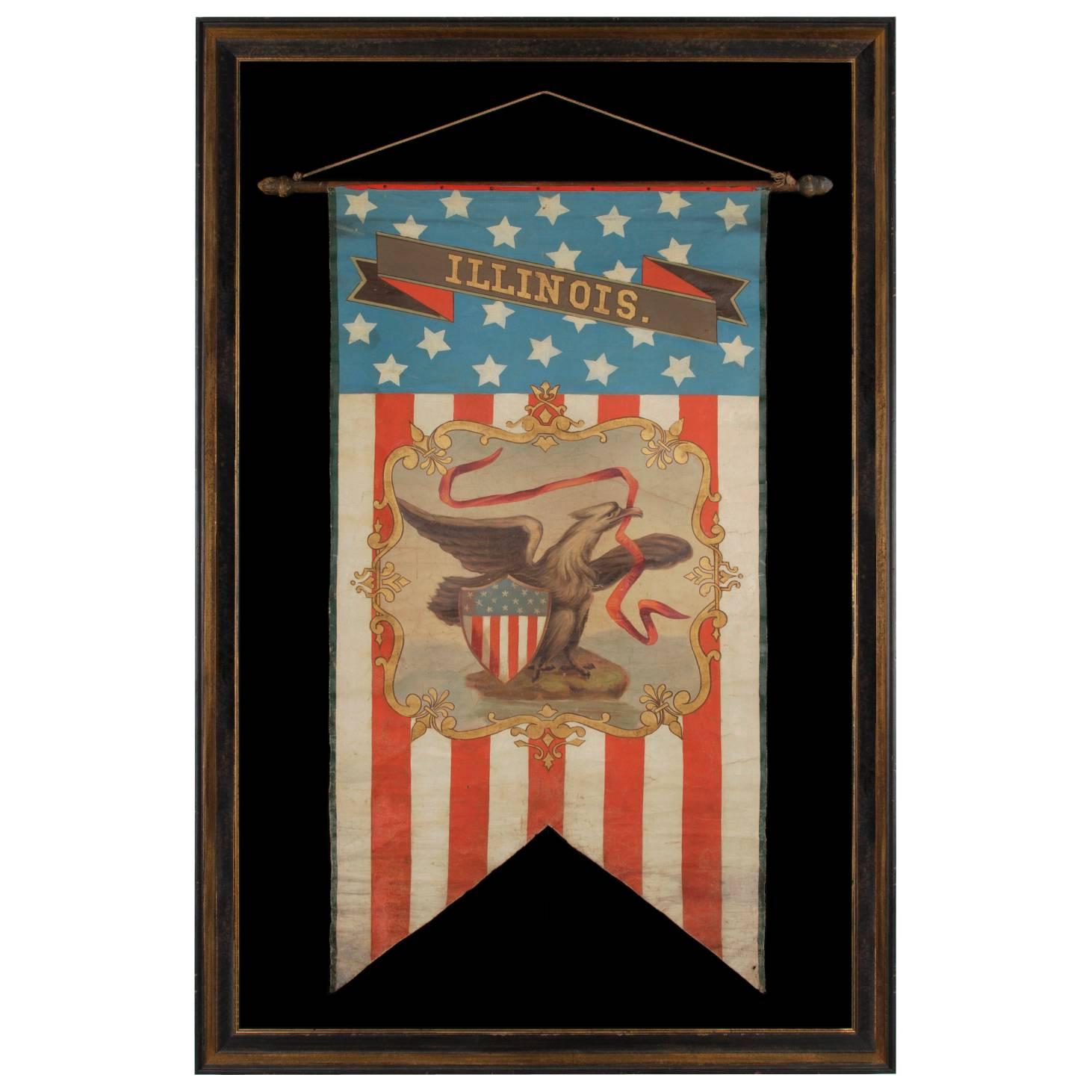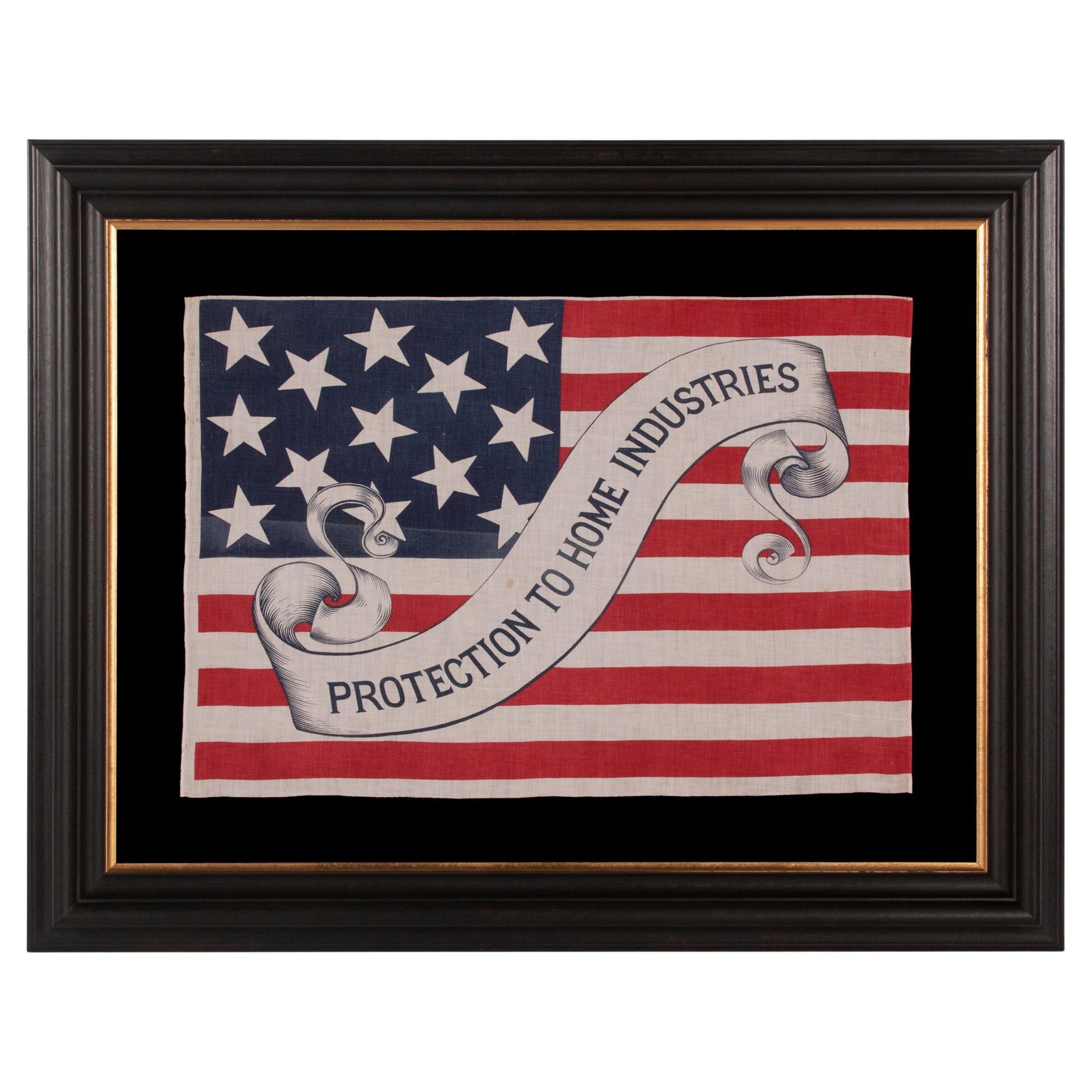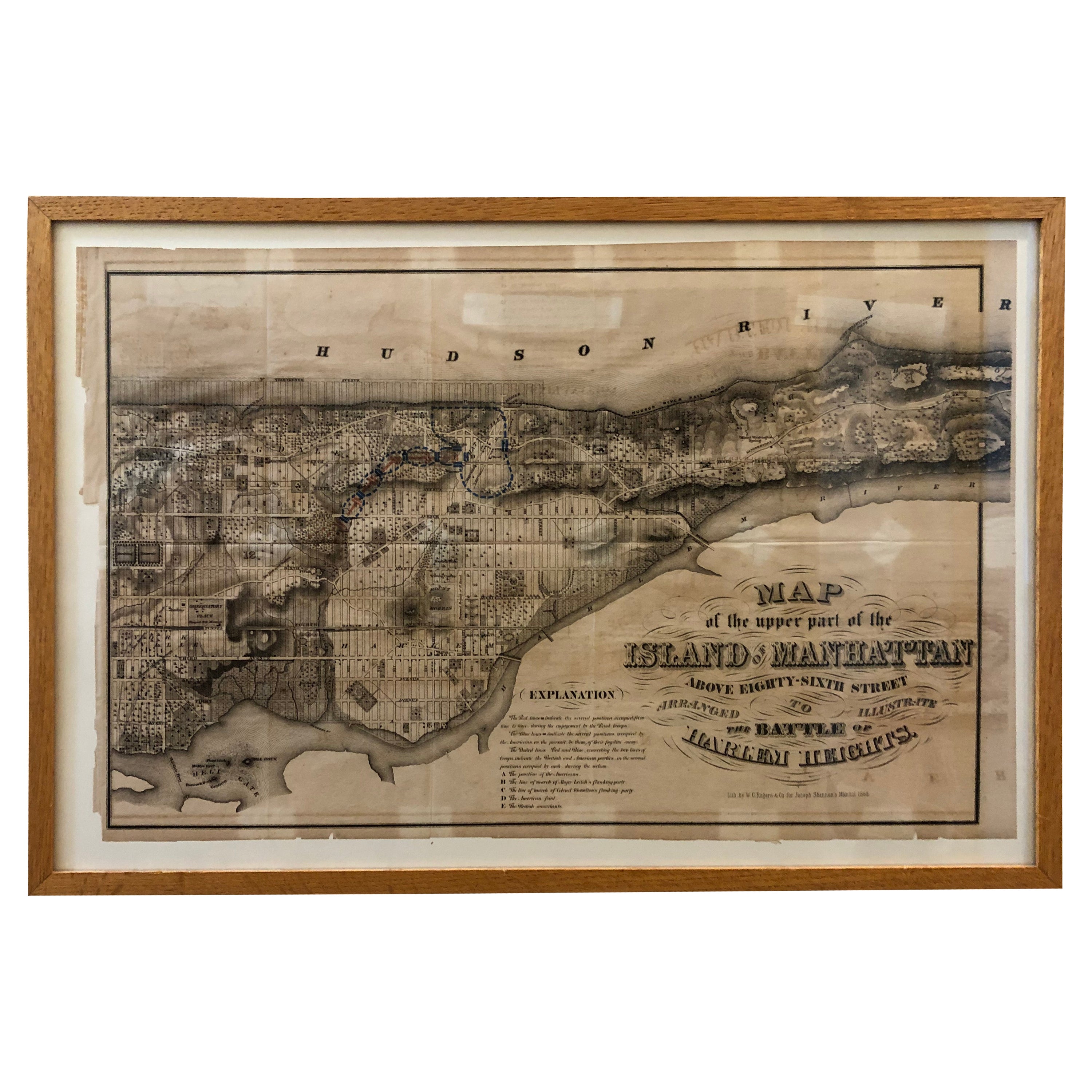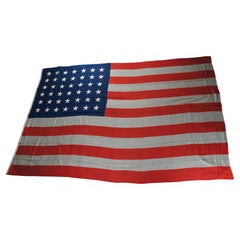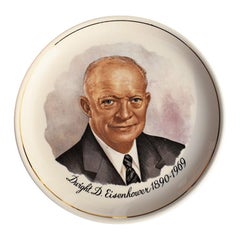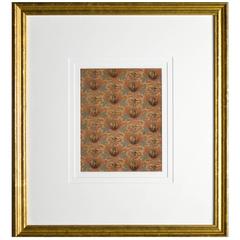
Rare 1824 Textile the Nations Guest: Lafayette
View Similar Items
1 of 6
Rare 1824 Textile the Nations Guest: Lafayette
About the Item
- Dimensions:Height: 22 in (55.88 cm)Width: 20 in (50.8 cm)Depth: 1 in (2.54 cm)
- Style:American Classical (In the Style Of)
- Materials and Techniques:Silk,Pressed
- Place of Origin:
- Period:
- Date of Manufacture:1824
- Condition:Wonderful condition see photos. Rare.
- Seller Location:Acworth, GA
- Reference Number:Seller: 125301stDibs: LU140527716063
You May Also Like
- Rare Monumental 1890 Antique 42 Star United States of America FlagLocated in Dayton, OHMonumental fifteen foot 42 star American flag, circa 1889-1890. The 42-star flag is rare because only a limited number of 42-star flags were produced after Washington became a state on Nov. 11, 1889. But it takes a more intimate knowledge of flag trivia to know just why it happened this way. White stars are added to the blue field of the star-spangled banner on the Fourth of July after a state is admitted to the union. In the fall of 1889, several western territories became states. Dakota was admitted, and then split into North and South Dakota, on Nov. 2, 1889, which made them state and star numbers 39 and 40. Montana was named the 41st state on Nov. 8, followed by Washington, on Nov. 11. Only a few flag manufacturers began producing 42-star flags before the official addition of the 42nd star on July 4, 1890. Those who tried to jump the gun by being the first to produce an up-to-date flag were surprised when Idaho was admitted to the United States on July 3...Category
Antique 1890s American Classical Historical Memorabilia
MaterialsCotton
- Franco-American Textile with the Image of an Eagle Holding the American and FlagLocated in York County, PAFranco-American textile with the image of an eagle supporting knotted and draped american and French flags beneath four war planes; embroidered silk floss and metallic bullion thread...Category
Mid-20th Century American Political and Patriotic Memorabilia
MaterialsSilk
- President Dwight D. Eisenhower Commemorative Ceramic PlateLocated in Oklahoma City, OKA round ceramic commemorative plate of President Dwight Eisenhower. The plate is circular, with gold detail around the edges, and a portrait of Presi...Category
20th Century North American American Classical Historical Memorabilia
MaterialsGold
- Antique 46 Star WMH Horstmann Company United States of America Flag 83"By HorstmannLocated in Dayton, OHAntique forty six star large wool American flag by Horstmann Company, circa 1908-1912. Horstmann firm was founded by William H. Horstmann (1785-1850), who had immigrated to Philadelphia from Germany. Horstmann bought out a local swordmaker in 1828 and thereafter entered the military goods field. The firm benefitted from the Civil War, becoming the largest military goods supplier in the nation by 1864. WILLIAM H. HORSTMANN & SONS, Manufacturers of Dress Trimmings and Military Goods. 5th & Cherry Streets, Philadelphia, PA. This house was founded, in 1815, by William H. Horstmann, a native of Cassel, in Germany. He had learned the trade of silk-weaving in France, and, emigrating to the United States in the above-mentioned year, established himself in Philadelphia as a manufacturer of fringe, laces and trimmings of various kinds. He married the daughter of Frederick Hoeckly, a German settler in Philadelphia, and also a manufacturer of fringe, coach-lace and tassels. He devised several improvements in this trade, especially by introducing varieties in the styles and patterns of this class of goods, there being at that time only two patterns used in the trade, which were known as the Jefferson pattern and the Monroe pattern. In 1824, he introduced into this country from Germany the use of plaiting or braiding machines, and about the same time he was the first to introduce into this country the use of the Jacquard loom, for weaving patterns in textile fabrics. His location was in the first instance at No. 50 North Third street, but within a short time he removed to a store next to the Harp and Crown tavern, afterwards known as the City hotel, and continued his business within a short distance of this point for many years. In 1828, he commenced the manufacture of military trimmings as a special department, and this branch has grown to most important proportions, Horstmann's military goods being in demand throughout time country. The firm have also executed large Government contracts in this line for the War and Navy Departments. In 1831, he established a branch house in New York city, and about the same time erected a factory at the corner of Germantown road and Columbia avenue. The factory was continued here until time erection of the extensive building at Fifth and Cherry streets, where the works, salesrooms and offices of time firm now are. This massive structure is six stories high, and extends 140 feet on Fifth street and 200 on Cherry street, and reaches back to Race street. The separate departments into which the business is divided are thirty in number. More than 1000 distinct looms and machines are in use in the building, many of them very costly and some invented and used exclusively by this firm, the motive power being supplied by a steam engine of fifty horse power. The area covered by the works is about 11,000 square feet. Time number of hands employed is very large, about 500. When the erection of a vast factory at this point was first proposed, a strong opposition was made by time holders of the neighboring property. The ancient German Lutheran Church and burying ground, since removed, stood opposite the site, and a bill was introduced into the Legislature to forbid the use of a steam engine within 100 yards of any place of worship. The interests which such a bill would have affected injuriously, especially those of several newspapers, roused a strong opposition to it, and it failed to become a law. In 1845, William H. Horstmann, the founder of the house, retired from the business, and his two sons, William and Sigmund, assumed the management and it was under their direction that the new building, above described, was erected. The goods produced by this house are of almost endless extent and variety. They include goods woven from all the various textile fibres—cotton, wool, silk, etc.—in every style, color and pattern, and are used for an infinite number of purposes. Narrow woven goods are time staple production, made up into material for dresses for both sexes, for use in daily life, and for regalia for ""societies;"" for the costumes of the stage, the upholstering of houses and of carriages, the uniforms of soldiers, together with equipments for the same, and for funeral purposes. The raw material used in the manufacture is to a great extent very costly, and their store rooms often hold as much as $200,000 worth of goods in an unworked state. There are two rooms devoted to power looms in the factory, one for coach lace and one for other styles of weaving, in which about 250 of these machines are constantly running. The braiding machines in the coach lace room are very noteworthy. The cord to be covered with braid is drawn through an opening in time middle of a flat, circular, metallic plate, about 15 inches across. Up to a point on this cord, about a foot above the plate, the threads of the braiding material converge, like the ribs of a tent-roof, and there weave in and out and out and in, as the coating of braid grows, and time covered cord rises and is wound away above. The weaving is accomplished by the motion of the spools below that carry the different threads of the braid. These spools stand in uprights, which are carried round and amongst each other in curved slots in the above-mentioned broad metallic plate. All but two of these spools run in and out among each other, with a swift, easy and intricate motion, mind so rapid that time eye can hardly follow it, while one or two special spools run steadily round and round among time twisting spools with the most extreme swiftness. Many other machines, displaying equally ingenious mechanism, are used in the factory. The various details of equipment manufactured and supplied by this house are also important, both for their number and the superior quality of the manufacture. The one article of swords may be taken as an instance. This trade grew naturally and immediately out of the established army and navy goods department of the works, it being necessary that the sword itself should be furnished together with the sword-belt and other trappings all complete. Every part of the sword and trappings, with the exception of the blade, is made on the premises. The blades are almost all imported from the ancient German sword-blade emporium of Solingen, where, it is said, swords have been made ever since the year 1147, when Count Adolphus of Berg brought home from the East and established there the business of forging Damascus blades. There is in this department a stock of some thousands of blades, of many different patterns and sizes, ready to be set and finished. Any style or sword can be had from this warehouse, from the plainest kind up to a presentation sword...Category
Vintage 1910s American Classical Political and Patriotic Memorabilia
MaterialsWool
- Rare Yellow & White Suffrage Parasol with "Votes for Women" TextLocated in York County, PAEXTRAORDINARILY RARE, YELLOW & WHITE, SUFFRAGE PARASOL / UMBRELLA, WITH “VOTES FOR WOMEN” TEXT, DISTRIBUTED BY THE NATIONAL AMERICAN WOMEN’S SUFFRAGE ASSOCIATION UNDER ANNA HOWARD SHAW’S LEADERSHIP [HEADQUARTERED IN NEW YORK], CIRCA 1913-1915: In the world of Suffrage memorabilia, parasols and umbrellas are known to have been produced, but hardly any exist. Made in both Britain and America, most of the organizations known to have commissioned them did so with white or purple, green, and white, utilizing the traditional British colors. In America, some of these can be identified to the Women’s Political Union of New York, New Jersey, and Connecticut. As for those in the traditional American colors of golden yellow and white, typically with black text, examples are known to have been produced and sold by the National American Women’s Suffrage Association (NAWSA), beginning in the summer of 1913. According to author and expert Ken Florey, the organization peddled them for “one dollar each or ten dollars a dozen…[promoting] them as good for advertising the cause at street meetings, summer resorts, and county fairs. The design consisted of yellow and white in alternate sections, with “Votes for Women” in the white sections.” Florey goes on to explain how some umbrellas in this style are known with names of states hand-painted in the yellow panels. I am aware of Oregon and Idaho. Florey also indicates that one is known for Alaska. His discussion of the subject, and an illustration of the Idaho example, appear in his book, "Women's Suffrage Memorabilia" (2013, McFarland & Co., North Carolina), on pp. 192 and A8, respectively. The Oregon example, which have seen and held first-hand, is illustrated in "The Keynoter: Journal of the American Political Items Conservators," Summer/Fall/Winter 2008 (Women's Suffrage Special Triple Issue), Vol. 2008, No. 2-4, p. 110. In “Woman Suffrage Memorabilia,” Florey describes a heavy demand for parade accoutrements in the 19-teens. Despite the supposed numbers in which these yellow and white umbrellas were likely to have been produced, this is the only example that I am aware has actually surfaced with the “Votes for Women” text only and no state names. This makes it far more universally desirable. A period image survives in the Albert R. Stone Negative Collection, Rochester Museum & Science Center (Rochester, New York,) of a women carrying parasols in this style on Main Street West in that city on August 15, 1914. The marchers, masked, were described as wearing yellow dominoes (nun-style dresses) and carrying yellow parasols. According to museum catalogers, “The outside parasols are plain; those on the inside have the inscription, "Votes for women". The first group, in yellow and blue dominoes, advertised the speech and visit of Dr. Anna Howard Shaw [this would be members of the Empire Campaign Committee]. The second group carried placards with the names of equal suffrage states and the dates when they adopted votes for women. The Club Theatre, whose sign advertising "Burlesque" is clearly visible behind the marchers, occupies the premises at 75 Main Street West formerly occupied by the Shubert Theatre.” The National American Women’s Suffrage Association was formed in 1890. It represented a merging of the two largest Suffrage groups in America before that time. These were the National Woman Suffrage Association (NWSA), formed in 1869 by Susan B. Anthony and Elizabeth Cady Stanton, and the American Woman Suffrage Association (AWSA), also formed in 1869 by Lucy Stone and her Husband, Henry Brown Blackwell, Henry Ward Beecher, and others. Stone’s daughter, Alice Stone...Category
Mid-20th Century North American Political and Patriotic Memorabilia
MaterialsCotton
Price Upon Request - William & Mary Rare Pewter Trefid Spoon with Portraits, Circa 1690Located in Bishop's Stortford, HertfordshireVery rare William and Mary pewter trefid spoon the handle molded in relief with portraits and dating from around 1690. The spoon has an elongated rounded ...Category
Antique 17th Century English William and Mary Political and Patriotic Me...
MaterialsPewter

